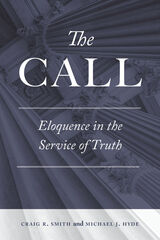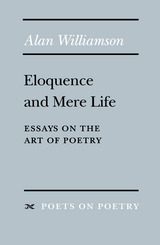


John Donne's Lyrics was first published in 1962. Minnesota Archive Editions uses digital technology to make long-unavailable books once again accessible, and are published unaltered from the original University of Minnesota Press editions.
Combining modern insight with historical perspective, Professor Stein offers a fresh interpretation of Donne's lyric poems. His method is cumulative; it includes cross references to the religious writing, analysis of individual poems, and their relationship to larger patterns which reflect Donne's poetic mind. Among the specific problems he deals with are those which concern metaphor, symbol, myth, wit, "fictions." "negative theology," consciousness-and-simplicity, "binary" and "ternary" form in poetry, meter and meaning, rationalism and affective language, the visual and the auditory.
Professor Stein demonstrates that to gain insight into the integrity of Donne's poetic mind it is necessary to take seriously two propositions: that Donne is a poetic logician endowed with a talent and love for the unity of imaginative form; and that Donne's poetry, though it is not simple, nevertheless deeply and persistently engages important problems which concern "simplicity." In one of his sermons, Donne wrote: "The eloquence of inferiours is in words, the eloquence of superiours is in action." Professor Stein maintains that in his best poems Donne aspires to the eloquence of action and never to the eloquence of words.
Although the study is focused on Donne's lyrics, the interpretation is based on a long study of all the poems and the prose and on background and foreground materials. In a postscript the author discusses Donne's "modern career."

Insightful and revealing, Lincoln’s Rise to Eloquence follows Lincoln from his early career through the years-long clashes with Stephen A. Douglas to trace the future president’s evolution as a communicator and politician.
READERS
Browse our collection.
PUBLISHERS
See BiblioVault's publisher services.
STUDENT SERVICES
Files for college accessibility offices.
UChicago Accessibility Resources
home | accessibility | search | about | contact us
BiblioVault ® 2001 - 2024
The University of Chicago Press









